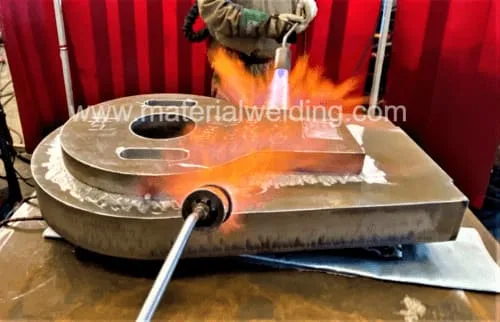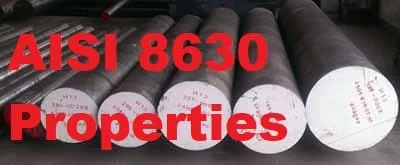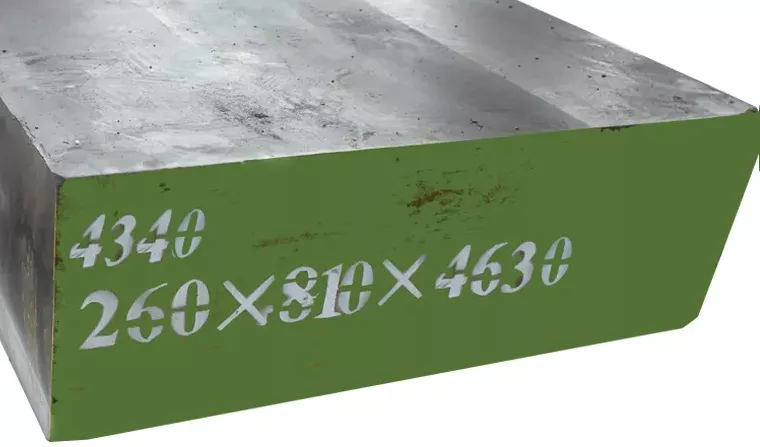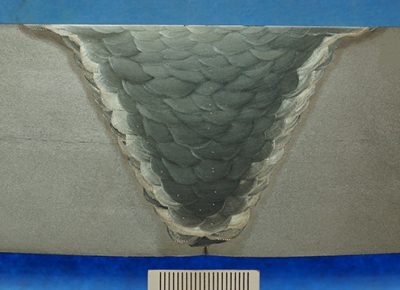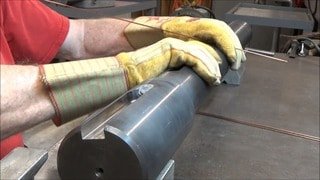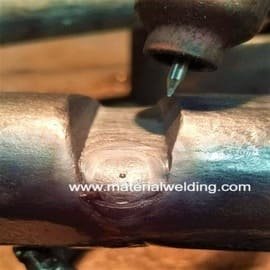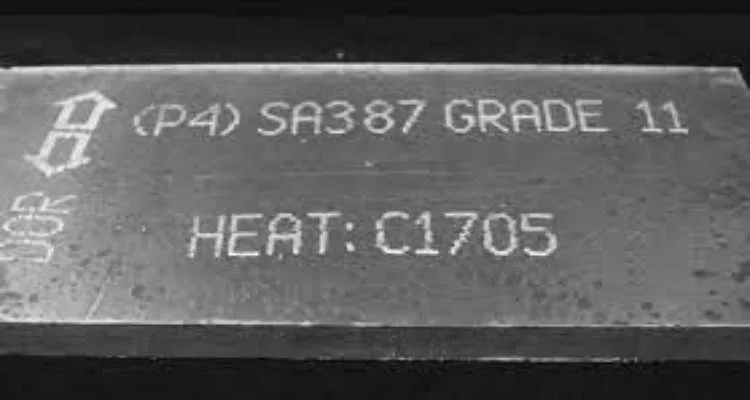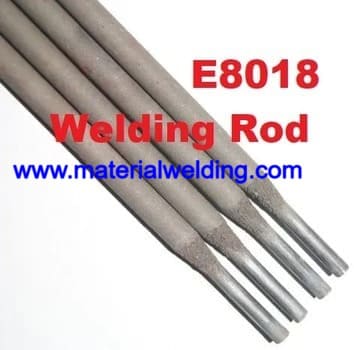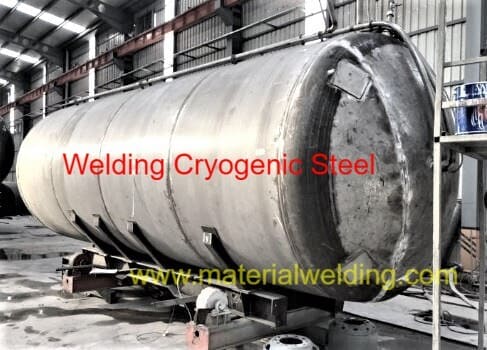Welding HY80 Steel
HY80 steel is a high strength and high strength to weight ration low alloy steel that has become increasingly popular in the manufacturing industry.
HY-80 steel is a quenched and tempered alloy steel produced according to Military Specification in the U.S.A. to give a minimum yield strength of 80 ksi (550 N/mm²).
It is used extensively in the U.S.A. for military equipment, particularly as submarine hull plate, because of its exceptional fracture toughness at low temperatures and under ballistic shock loading.
HY 80 Steel Material Specification
HY 80 steel is a high-strength (High yield & tensile strength) low-alloy steel that was created in the 1950s as part of a Department of Defense, USA initiative to replace mild steel with more durable and dependable alternatives steel.
The UNS Number of HY80 steel is K31820. HY80 steel is unclassified material as per the ASME Section IX and hence have no P Number assigned to it.
The steel is manufactured according to the US Military specifications:
- MIL S-16216
- MIL S-21952
- T9074-BD-GIB–010/0300
- MIL-S-24645
Chemical Composition of HY 80 Steel
The chemical composition of HY 80 steel plays an integral role in its strength and durability.
The primary elements present in the typical formulation of HY 80 steel are iron, nickel, chromium, manganese, carbon, phosphorus, sulfur, silicon and micro alloying elements such as titanium, vanadium, aluminum and boron.
Typical composition of HY-80 steel plate is as follows (%):
- C-0.16 maximum,
- Mn-0.25 maximum,
- P-0.012 maximum,
- S-0.024 maximum,
- Si-0.22 maximum,
- Cr-1.30 maximum,
- Ni-2.5 maximum,
- Mo-0.35 maximum,
- V-0.0015 maximum,
- Ti-0.004 maximum,
- Al-0.004 maximum,
- B-0.0005 maximum.
HY 80 Steel Mechanical Properties
HY 80 steel is an incredibly strong metal alloy with a variety of important applications.
t is known for its excellent weldability, strong corrosion resistance and toughness, making it a great choice for many engineering applications.
The mechanical properties of HY 80 steel make it an ideal material for use in harsh environments or when extreme strength is needed.
With a minimum yield strength of 80 ksi (550 MPa) and an ultimate tensile strength of 110 ksi, HY 80 has very good cold forming capabilities and can be machined easily due to its high machinability rating.
Also, the hardness range of this type of steel falls approximately 243 HV which makes it suitable for wear resistant applications such as those found in defense operations.
Moreover, the elongation rate at breakage typically ranges from 18 – 22% allowing HY 80 to deform plastically before failure under stress.
Welding HY80 Steel
When welding HY80 steel, it’s important to use the correct welding electrode of military grade specifications (”M” at the end of electrode classification).
A right welding electrode or filler wire will ensure that the weld is having the high strength, ductility and toughness similar to the base metal.
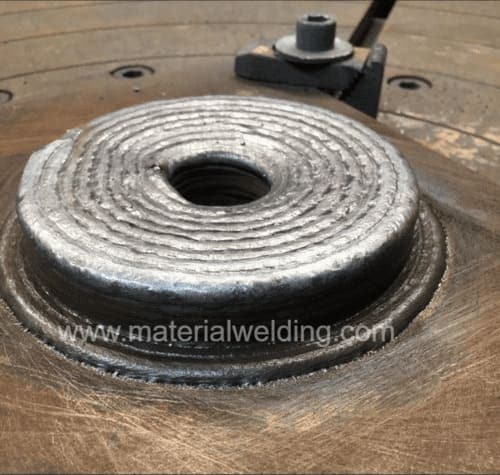
Use only low hydrogen type electrodes (E.g., E10018-M or E11018-M type). HY80 and HY100 steels are prone to hydrogen cracking due to their microstructure and high strength.
Hence, it is very important to follow these welding guidelines to prevent weld cracking and high hardness especially when welding heavy sections/ higher thicknesses.
Usually, Stress relief annealing is given for thicker sections to release residual stresses from the welding area.
Welding Electrode for HY 80 Steel Welding
The most suitable stick welding (SMAW) electrodes for welding HY80 and HY100 steels are AWS A5.5 classifications E10018-M or E11018-M, Specification for low-alloy steel covered arc welding electrodes.
These low hydrogen electrodes with basic coating provides very good weld deposit toughness and crack free welds.
TIG and MIG welding filler wire rods for HY80 and HY100 steels are ER100S-1, ER110S-1, and ER120S-1 according to the AWS A5.28 specification.
Welding electrodes for Metal cored welding of HY80 and HY100 steel is carried out using the E100C-K3, E110C-K3, E110C-K4, and E120C-K4 cored wires.
Welding Preheat for HY 80 Steel
For welding, preheat and interpass temperatures and heat input should be controlled within the limits given in Table below.
| Material thickness | Minimum Preheat temperature |
| up to 1/2 inches (12 mm) | 25 °C |
| from 1/2 inch- 1 inch | 52 °C |
| More than 1 inch | 95 °C |
However, it is a common practice to preheat to 100-150°C wherever possible, and use stringer bead, multiple-pass technique.
Welding Heat input for HY80 Steel
Restrict the maximum welding heat input to 1.8kJ/ mm for thickness up to 1 inch for HY80 steel welding. For thickness more than 1 inch, use a maximum welding heat input of 3 kJ/mm.
You can use our free welding heat input calculator to calculate the welding heat input.
